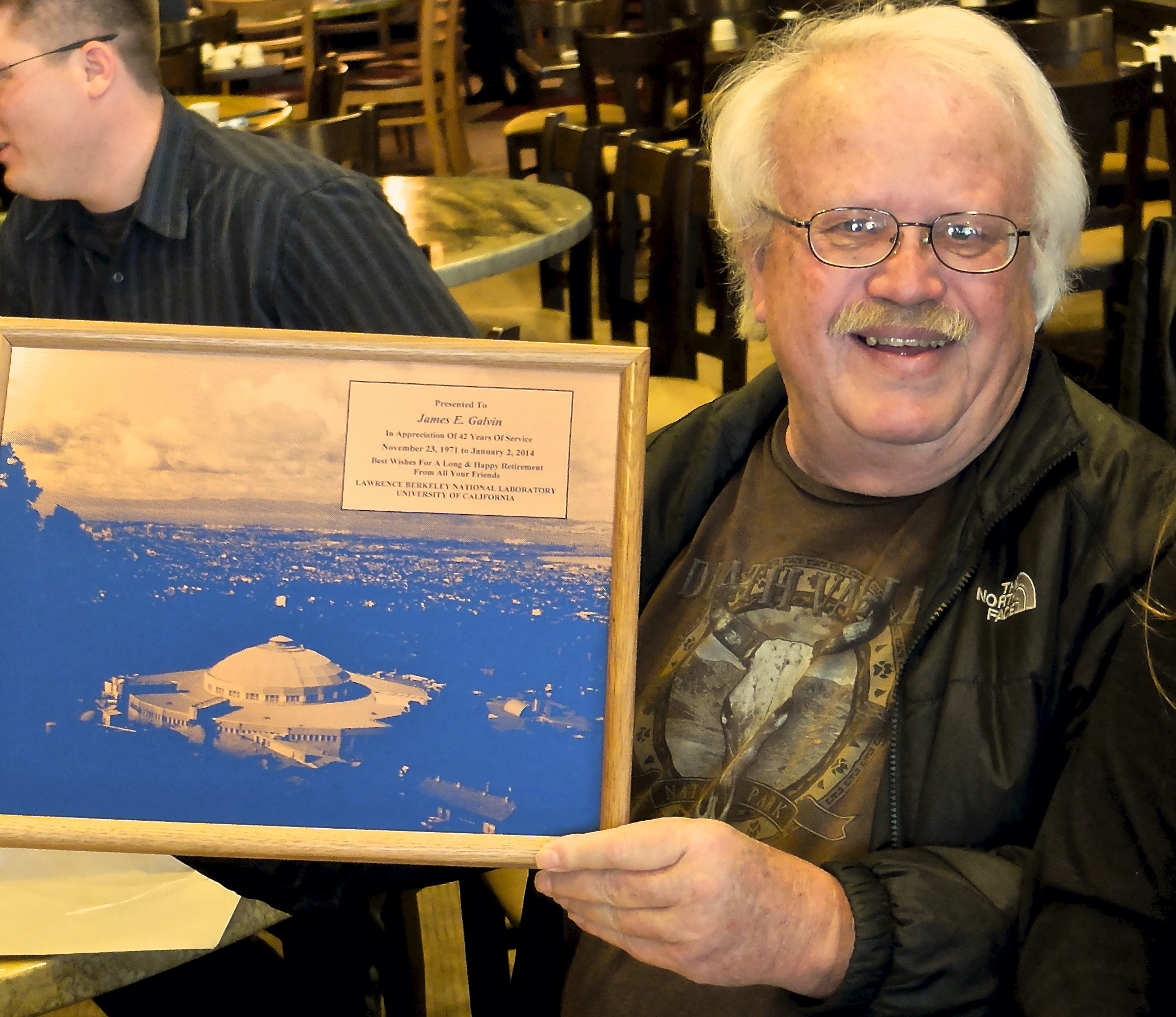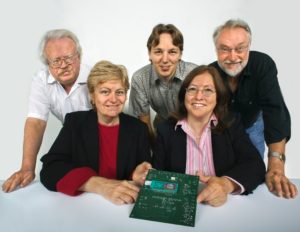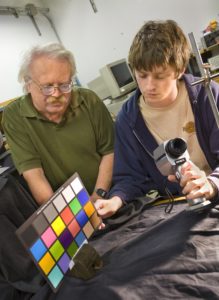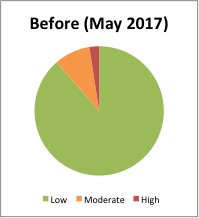Add ‘EG Meetings’ calendar for future All Hands Brown Bag Meetings
| Topics and Links to Presentations | Speakers, Date of Meeting |
|---|---|
| Developing a Replacement Photon Stop for ALS | Nicholas Wenner, 01/18/24 |
| ALS-U Magnet Measurements | Erik Wallen, 02/29/2024 |
| Detectors for the CMB-S4 Experiment | Rebecca Carney, 03/21/2024 |
| Stewardship Values | Jeffrey Takakuwa, 04/23/2024 |
| GRETA Update | Sergio Zimmermann, 05/30/2024 |
| ALS-U and Related Instrumentation Projects | Lucas Russo & Qiang Du, 06/27/2024 |
| A 4D Analog Readout for Pixelated Tracking Detectors | Amanda Krieger, 08/01/2024 |
| ALS-U Storage Ring Vacuum System Progress Q3 2024 | Mouda Tung, 09/19/2024 |
| Installing the ALS-U Accumulator Ring in an Operational Facility | Andrew Lodge, 10/17/2024 |
| Engineering CAD Department | Samantha Gholba, 11/14/2024 |
| R&D on High Precision RF Measurements | Qiang Du, 1/23/2025 |
| AI Services at the Lab | Andrew Schmeder & Tim Fong, 03/13/2025 |
| Permanent Magnets for Small Bore Accelerators | Christopher Huschke, 05/01/2025 |
| Lab Culture Survey Results | Daniela Leitner, 06/26/2025 |







